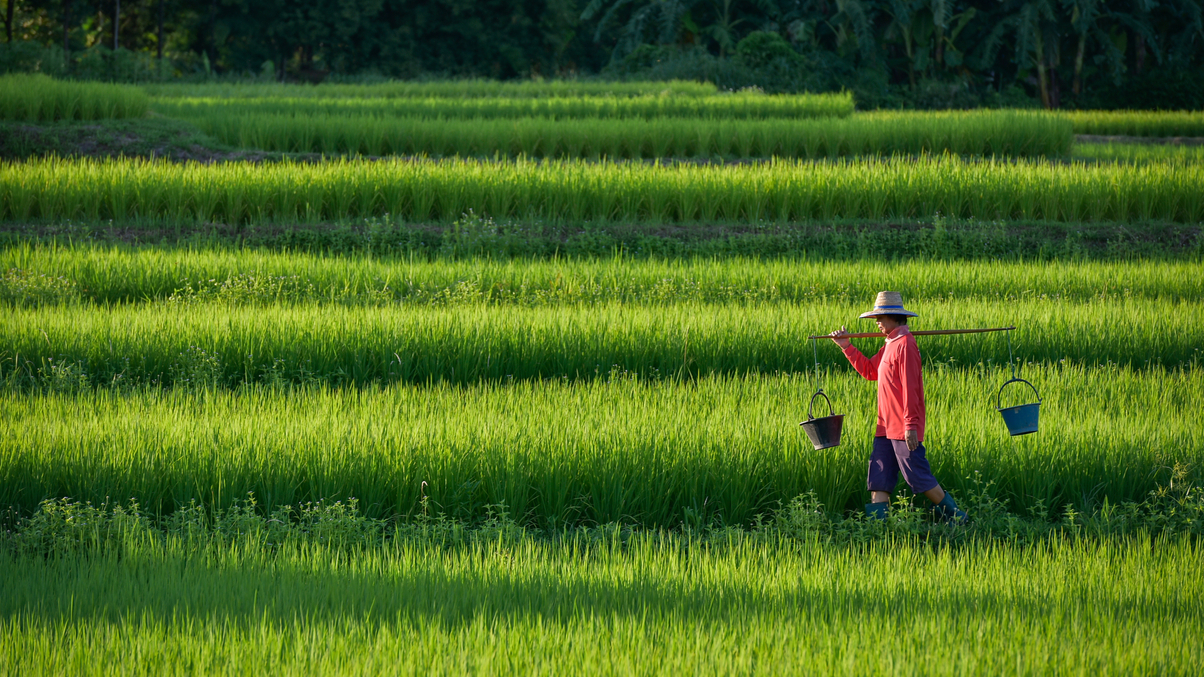Market Views: Top gainers from rising food prices
Food prices have soared in the past 18 months. Are they headed still higher, and what are the investment implications? AsianInvestor asked five experts.

Food prices have been a high-profile casualty of Rusia’s war of aggression in Ukraine, climate-related agricultural supply shocks, higher energy prices, and a ratcheting up of central bank interest rates around the world.
Sign In to Your Account
Access Exclusive AsianInvestor Content!
Please sign in to your subscription to unlock full access to our premium AI resources.
Free Registration & 7-Day Trial
Register now to enjoy a 7-day free trial—no registration fees required. Click the link to get started.
Note: This free trial is a one-time offer.
¬ Haymarket Media Limited. All rights reserved.


